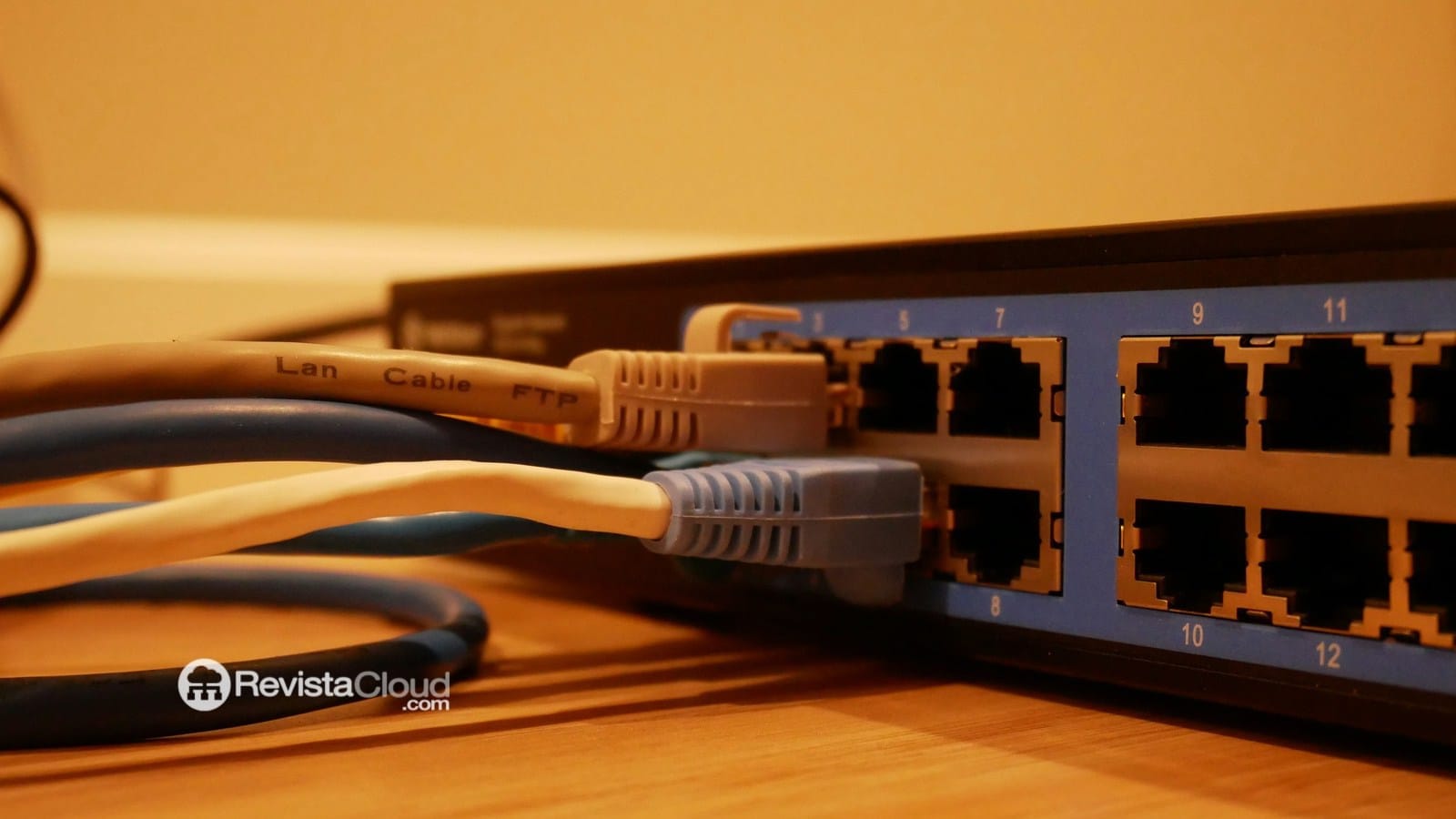The Power over Ethernet (PoE) technology has revolutionized the way we power devices in networks, simplifying infrastructure and improving efficiency. PoE allows for the transmission of data and electricity over the same Ethernet cable, eliminating the need for additional power cables and enabling more flexible installation of devices such as security cameras, wireless access points, and VoIP phones. Below, we explore PoE standards, their evolution, and their impact on network technology.
What is PoE?
PoE is a technology that combines data transmission and electrical power delivery in a single Ethernet cable, using IEEE 802.3 standards. This capability reduces the need for dedicated electrical installations, allowing devices like IP cameras, IP telephony systems, and network devices to be installed in locations without direct access to power sources.
PoE Standards
The IEEE 802.3af (PoE) and 802.3at (PoE+) standards are the most commonly used in the industry. The 802.3af standard, introduced in 2003, allows for delivering up to 15.4 watts of power per port, while the 802.3at standard, known as PoE+, launched in 2009, increases power capacity up to 30 watts per port. In 2018, the IEEE 802.3bt (PoE++ or 4PPoE) standard was introduced, further expanding power capacity up to 60 watts and 100 watts per port, depending on the implementation. These advancements have significantly broadened the potential applications of PoE devices.
Advantages of PoE
Simplicity and Cost-Efficiency: By reducing the amount of required wiring, PoE minimizes installation and maintenance costs.
Installation Flexibility: Devices can be placed in optimal locations without worrying about proximity to power outlets.
Security: PoE facilitates the installation of security systems by allowing cameras to be powered and controlled through a single cable.
Reliability: PoE systems are often connected to uninterruptible power supplies (UPS), ensuring that critical devices remain operational during power outages.
Considerations
When implementing PoE, it is important to consider the power budget of the PoE switch, the power consumption of devices, and the maximum transmission distance, typically up to 100 meters using Cat5e or higher cables.
Future of PoE
As the demand for smart and connected devices continues to grow, PoE technology is becoming an increasingly vital solution to support the network infrastructure of the future. The trend towards smart buildings and smart cities, where IoT devices play a crucial role, positions PoE as a key technology to enable a wide range of innovative applications.
In summary, the PoE standard has been a game-changer in the world of network technology, providing an efficient and versatile solution for powering and connecting devices in a wide range of environments. As technology continues to evolve, we are likely to see even more innovations and applications leveraging the benefits of PoE, redefining what is possible in the digital age.

